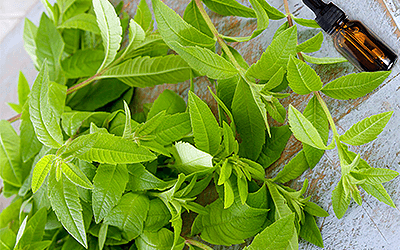Peter Seeberger, a researcher from the Max Planck Institute of Colloids and Interfaces, and his team have designed a new method to produce large amounts of high-quality antimalarial medication directly from the extract of sweet wormwood (Artemisia annua), a shrub that hails from China and Eastern Russia. This will allow them bypass the usually expensive manufacturing procedure and dramatically widen the access to treatment in the poor regions of Sub-Saharan Africa and South East Asia, where malaria is seen as an endemic disease.
A Scourge That Plagues the World's Poorest
According to the World Health Organization (WHO), approximately 600,000 people die every year from malaria, a serious parasitic disease that causes fatigue, long feverish states, vomiting, and seizures. It is transmitted through bites from the Anopheles mosquito, which is ubiquitous in many of the poorest parts of the world. Although treatment for malaria has existed for decades, its high market price makes it unaffordable for thousands of patients and creates constant shortages.
The most effective fast-acting antimalarial drugs are artemether and artemotil. Under standard procedures, they are both derived from artemisinin, an isolated extract of sweet wormwood.1 This plant grows easily in tropical weather and is cultivated extensively in China, Vietnam, Madagascar, and Kenya, and the process to extract artemisinin from it is usually done in its native countries. However, artemisinin is usually then shipped to labs in Western Europe in order to be made into actual medicine, and is then sent back to the tropics with a much higher price tag.
A Cheaper, Sustainable, Plant-Based Alternative
Professor Seeberger and his team, funded entirely by the Max Planck Institute, have designed a photochemical reactor that can not only extract artemisinin from wormwood in a cheaper and more energy-efficient manner, but is also able to use the waste material from this process in order to produce artemether and artemotil from artemisinin, all on-site. Their method produces twice as much medication per pound of sweet wormwood, and has been rated as highly-pure by both the Food and Drug Administration (FDA) and the WHO.
As a starting point, Prof. Seeberger is looking to build a plant that can produce 20 tons of antimalarial medication per year in either Kenya or Madagascar, and work with local farmers and extractors so they can make a living from their life-saving plant.
Other herbs with antimalarial properties are achiote and neem.
Sources
- Max Planck Institute, Malaria medications from waste, 2014
Footnotes:
- Phytotherapy Research. (2018). Combination of artemisinin-based natural compounds from Artemisia annua L. for the treatment of malaria: Pharmacodynamic and pharmacokinetic studies. Retrieved November 7, 2023, from: https://pubmed.ncbi.nlm.nih.gov/29656410/




